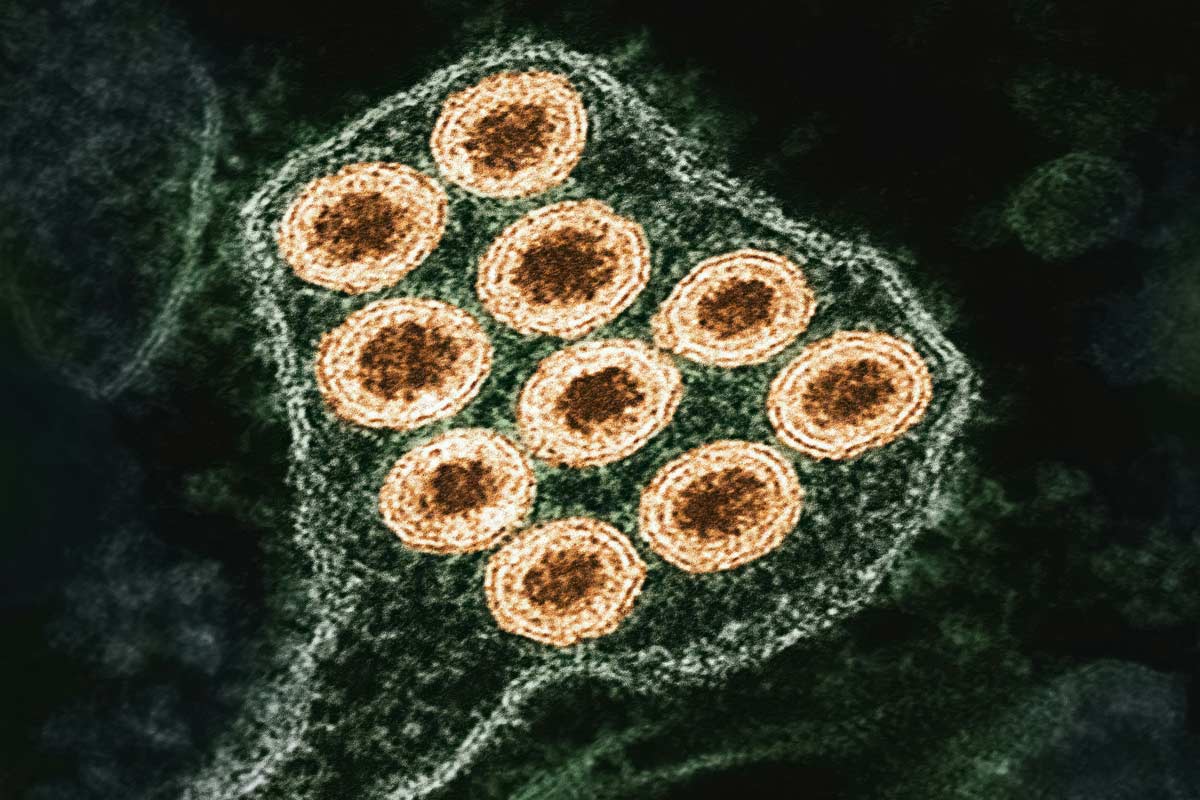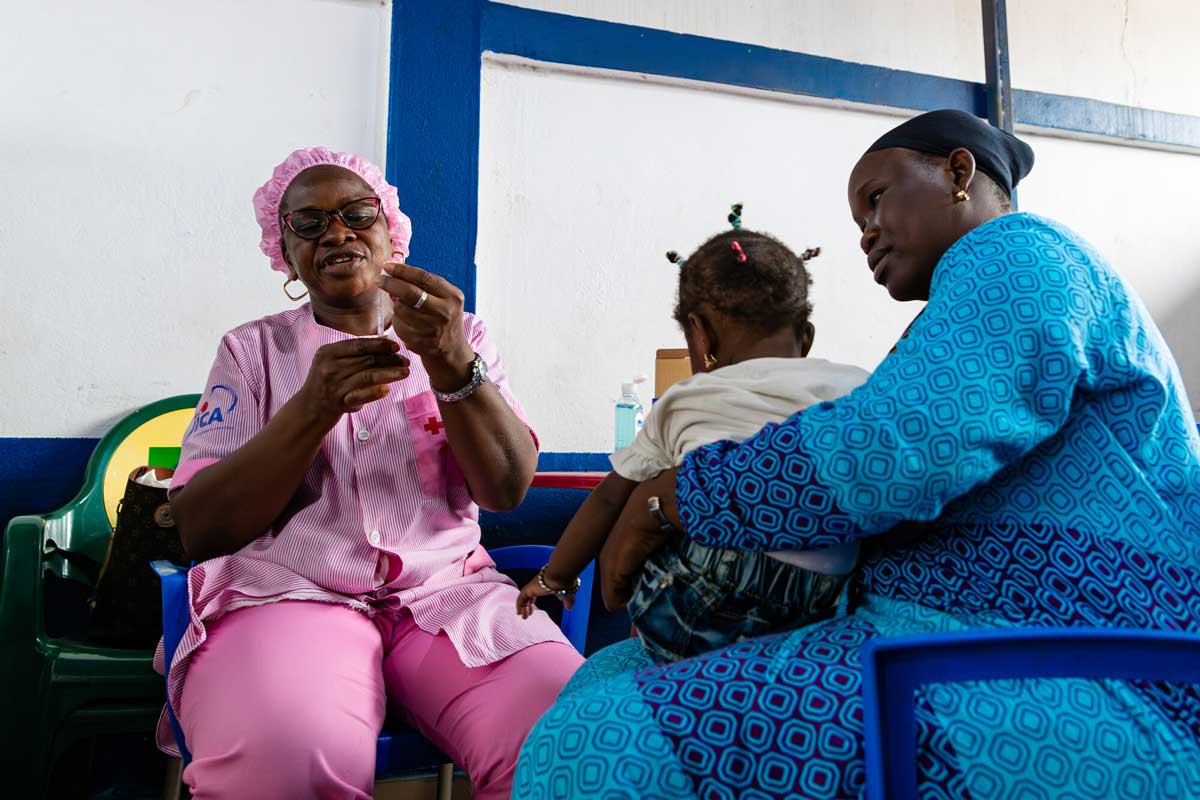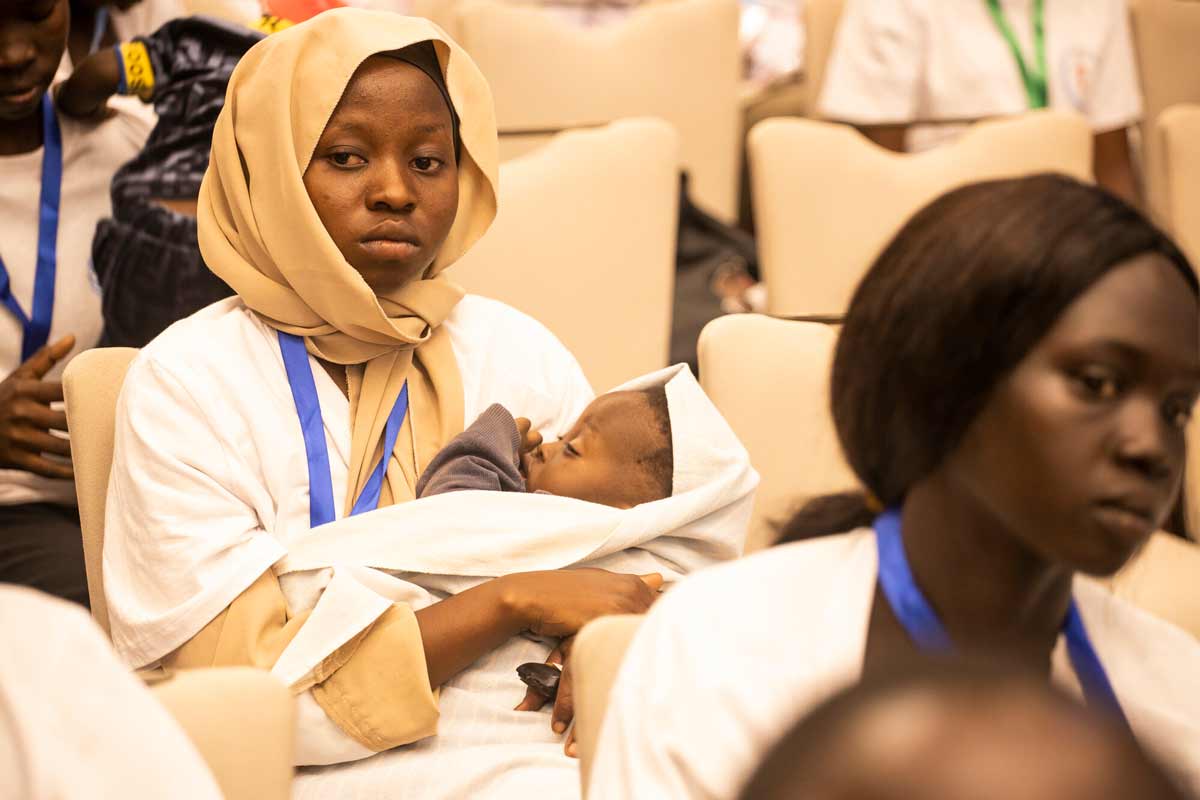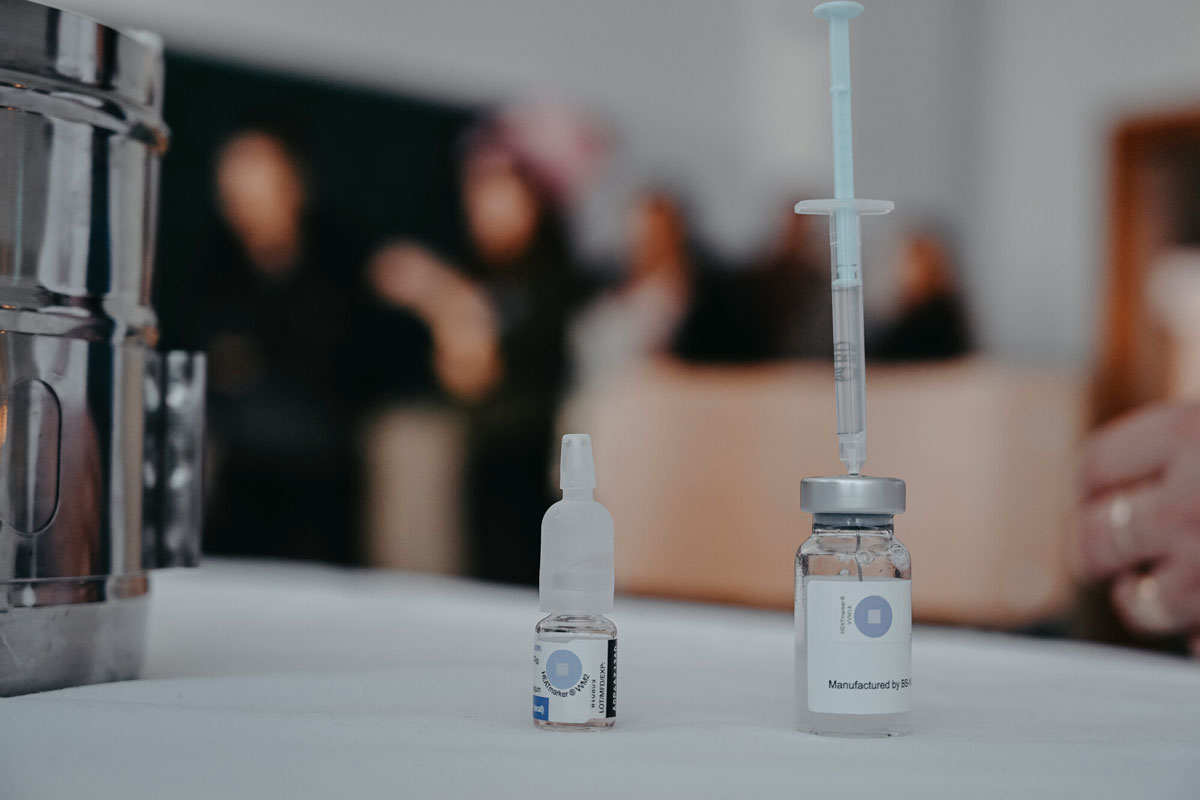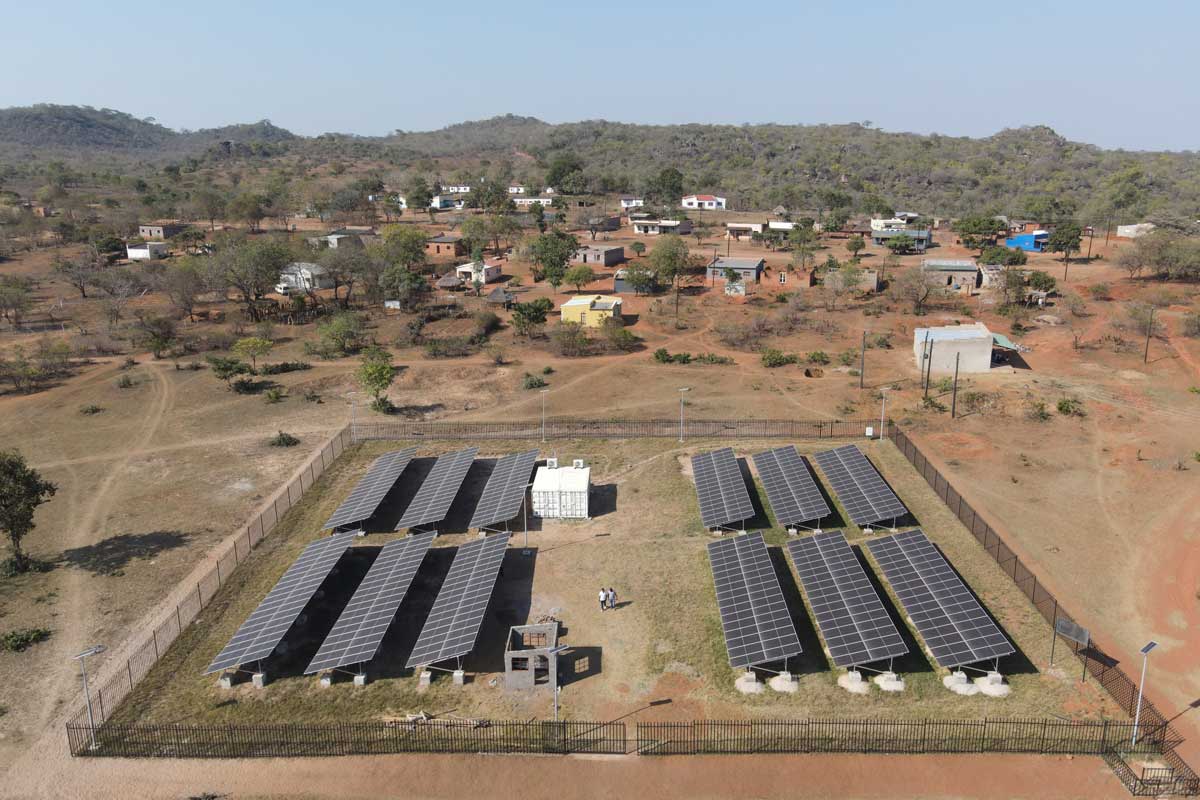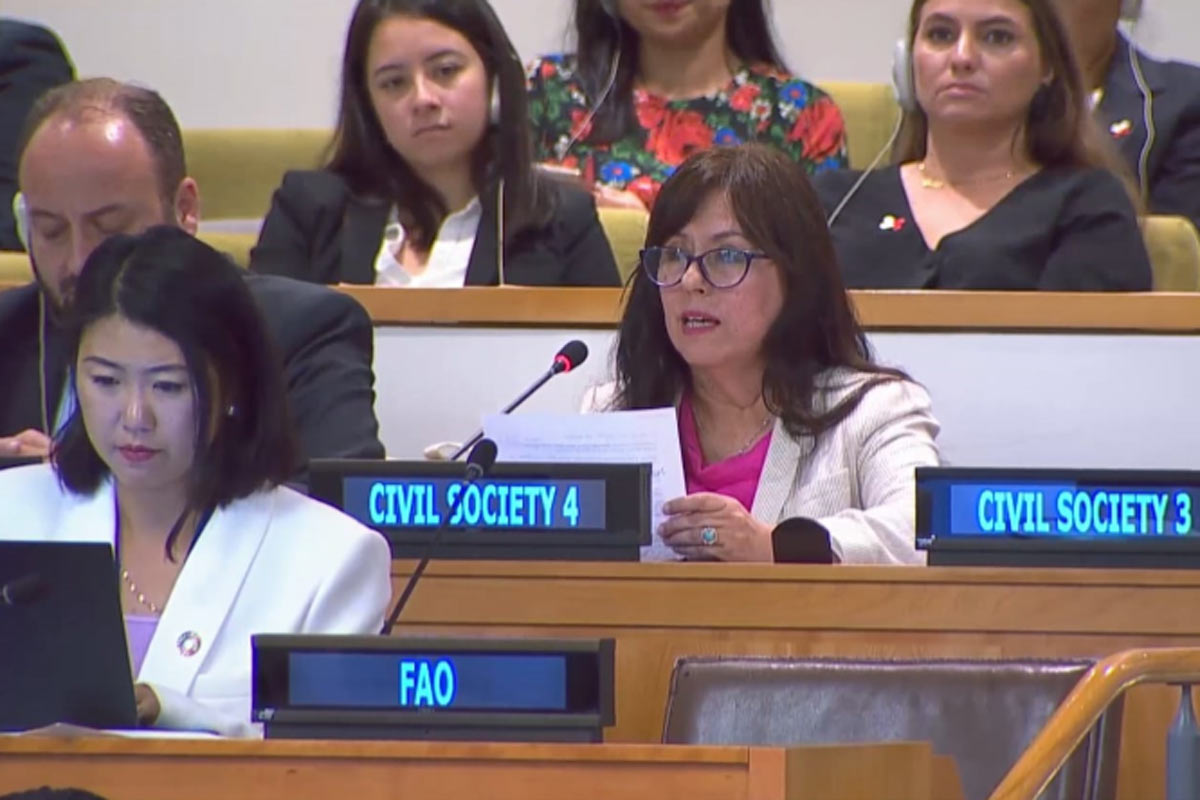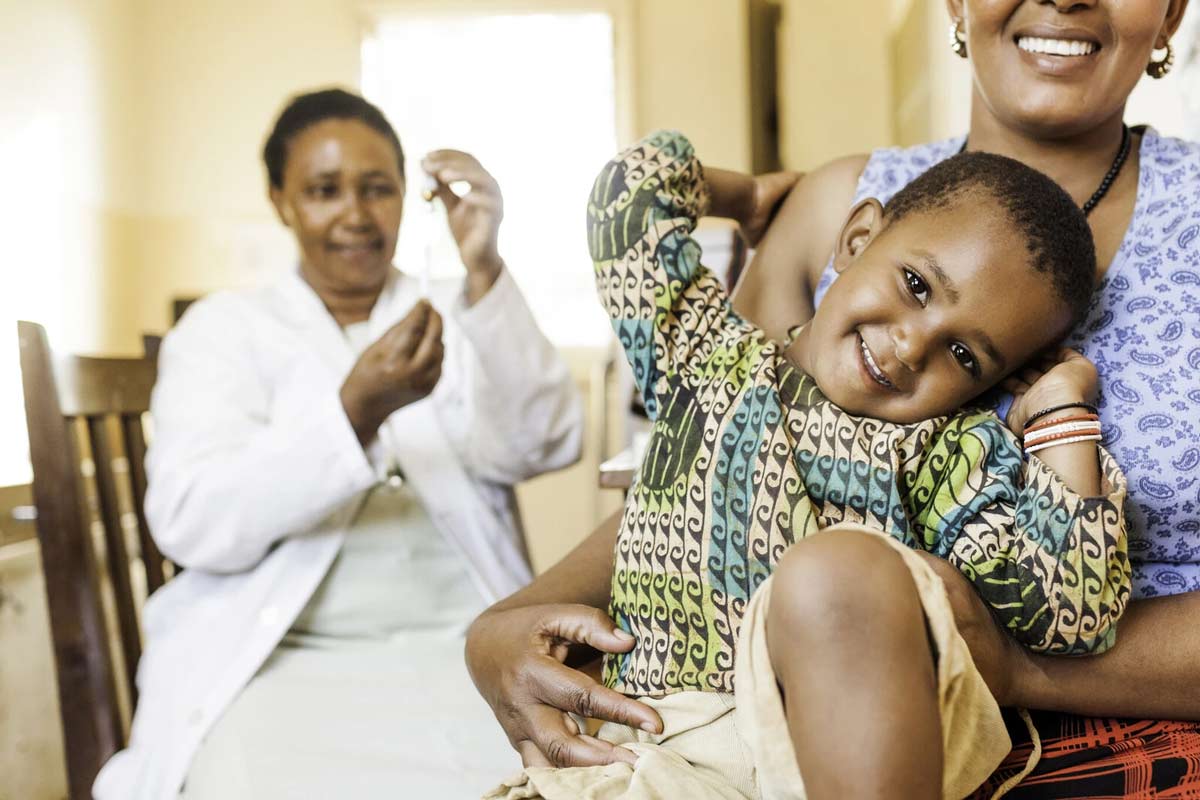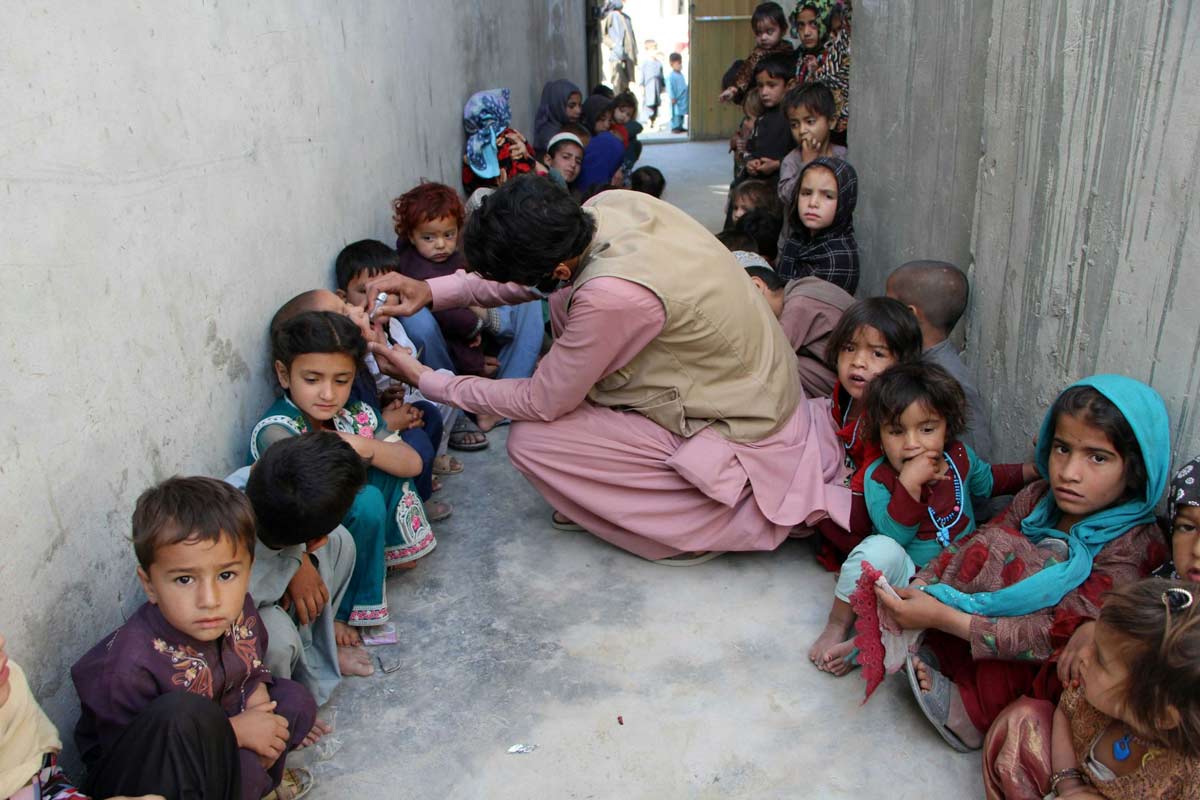Vaccines could prevent half a million deaths linked with drug resistance a year
As antimicrobial resistance continues to rise faster than we can produce new antibiotics, stopping bacterial infections with vaccines is critical.
- 31 July 2023
- 4 min read
- by Priya Joi
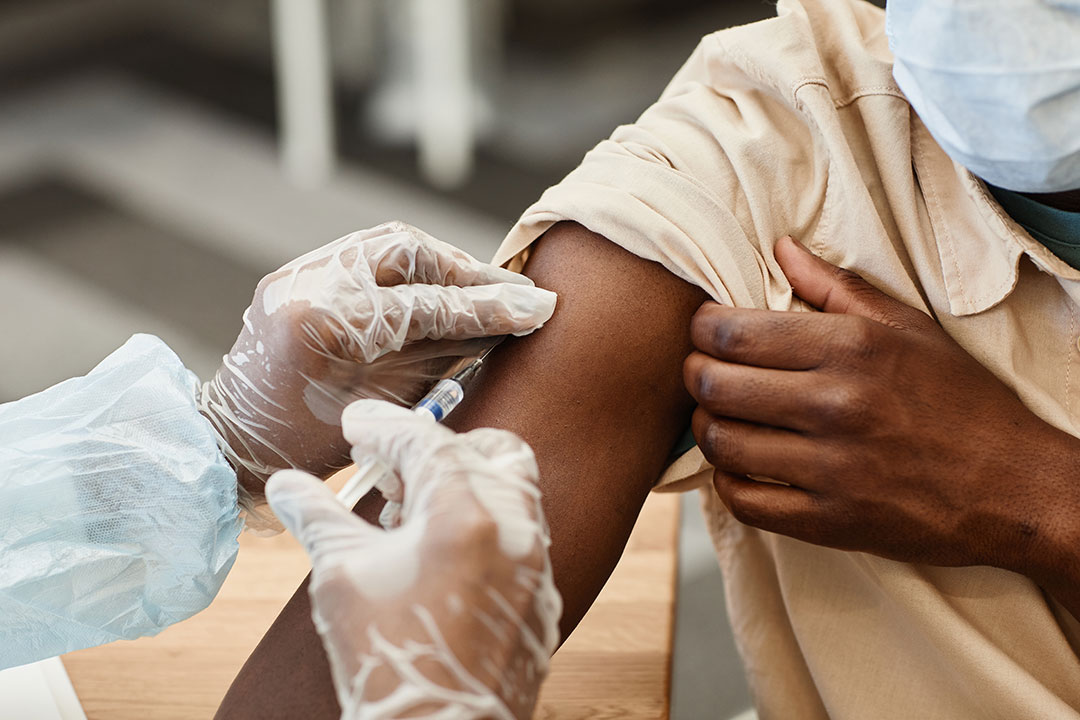
The misuse of antibiotics is fuelling the rise of antimicrobial resistance (AMR), a global health threat that is already associated with 4.95 million deaths every year, with this number set to rise in the coming decades.
The greatest impact of vaccines in preventing AMR would be in the WHO Africa and South-East Asia regions, as two-thirds of vaccine-preventable AMR deaths are seen in these regions.
The widespread use of antimicrobials is driving bacteria, fungi, viruses and parasites to evolve to evade these treatments, causing resistance.
While new antimicrobials are in the pipeline, the process of developing them is slow and expensive, and is currently unable to keep up with the rise of resistance. Vaccines could play a critical role in stopping the spread of disease-causing microbials, thus preventing AMR.
This is especially important in low- and middle-income countries where resistance is rising faster than anywhere else in the world and where vaccination rates are lower than in high-income countries. Even when AMR doesn’t cost lives, resistant infections are much more likely to require longer hospital stays and be far more expensive to treat.
A new modelling study in the BMJ Global Health found that half a million lives could be saved every year through the rollout of vaccines to prevent 15 critical illnesses, as well as through the development of new vaccines that would fight priority pathogens. In a scenario where additional age groups were vaccinated for seven of the pathogens, the team estimates that an additional 1.2 million lives could be saved.
The researchers are based at World Health Organization (WHO), the International Vaccine Institute, Korea (IVI) and the London School of Hygiene and Tropical Medicine (LSHTM).
The team looked at both existing vaccines and those in late-stage development, such as tuberculosis, based on evidence from clinical trials and information on the epidemiology of pathogens.
For some pathogens (Acinetobacter, pseudomonas, non-diarrhogenic E. Coli) that have candidates in early development, or none yet, the data is hypothethical.
Have you read?
Nevertheless, says Mateusz Hasso-Agopsowicz, Department of Immunization, Vaccines and Biologicals (IVB), WHO, “The analysis shows a potential for these vaccines and strengthens the argument to develop these vaccines and then find ways to use them.”
They found that the greatest impact of vaccines in preventing AMR would be in the WHO Africa and South-East Asia regions, as two-thirds of vaccine-preventable AMR deaths are seen in these regions, with the greatest effect on lower respiratory infections, tuberculosis, and bloodstream infections.
“Whenever a policy decision on the introduction and use of vaccines is being made, the impact on AMR should be factored into that decision-making.”
Mateusz Hasso-Agopsowicz, Department of Immunization, Vaccines and Biologicals (IVB), World Health Organization
Vaccines directly slow AMR by stopping the circulation of pathogens – the longer they circulate, the more they can evolve. They can also prevent resistant infections from spreading. Stopping infections also means reducing the number of antimicrobials that are wrongly prescribed to treat it, or reduce the number of over-the-counter or counterfeit antibiotics that people might take to treat an infection.
Viral infections (such as COVID-19) can give rise to secondary bacterial infections, and vaccines that stop the viral infection in the first place can eliminate the need to treat these secondary infections.
Modelling the impact of vaccines that are still in the pipeline is a way to spur efforts to push these vaccines through, says Hasso-Agopsowicz. “We want to make sure that these vaccines get developed, but also that during clinical trials the impact of these vaccines on AMR is measured, so when they are ready there is data on vaccine impact on AMR to inform policy decision and vaccine use.”
Hasso-Agopsowicz and colleagues argue that decisions on AMR and vaccines should take the other into account.
“Whenever a policy decision on the introduction and use of vaccines is being made, the impact on AMR should be factored into that decision-making. Similarly, when funding is being distributed to support vaccine development, the AMR impact is taken into this analysis. I would also want to make sure that in decisions about the interventions to tackle AMR, vaccines are considered as one of the tools to reduce AMR.”
This global policy will need to filter down to the country level to be truly effective, Hasso-Agopsowicz says. “This could be done through incorporating them into the National Action Plans on AMR that each county should be developing and implementing.”
Many infections will soon be challenging to cure or be totally untreatable; vaccines could offer an opportunity to stop these infections in their tracks.
More from Priya Joi
Recommended for you
